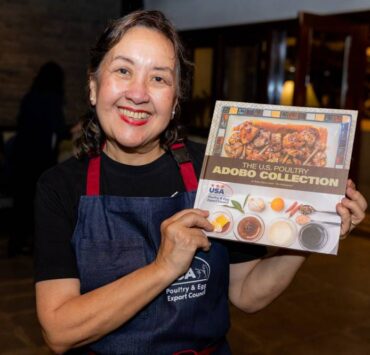This tasting menu dives deep into Western Mindanao
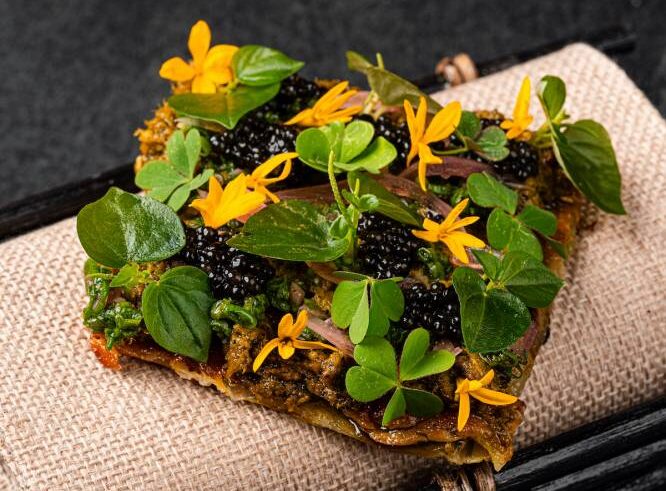
“Filipino food isn’t just adobo, sisig, or lumpia. It’s diverse and deeply regional,” said Erin Ganuelas-Recto, operations director and sommelier at Hapag.
Hapag has been on a quest to show that, in the most delicious way, through thoughtful tasting menus that let your tastebuds travel across the Philippines. Their most recent offering—which they’ve declared their most ambitious yet—is a 10-course tasting menu inspired by Western Mindanao.
Ganuelas-Recto and chefs and Hapag co-owners Thirdy Dolatre and Kevin Navoa went on a research tour to the southernmost provinces of the Philippines, eating their way through Zamboanga, Basilan, and Tawi-Tawi and learning as much as they could about Tausug, Yakan, and Chavacano cuisines and their many influences.
“After working on the Western Visayas menu, we wanted to keep digging deeper into the country’s diverse culinary roots,” Navoa said. “The food, the people, and the stories opened up a part of the Philippines we hadn’t seen. This menu is our way of saying: There’s more to Filipino food than what we think we know.”
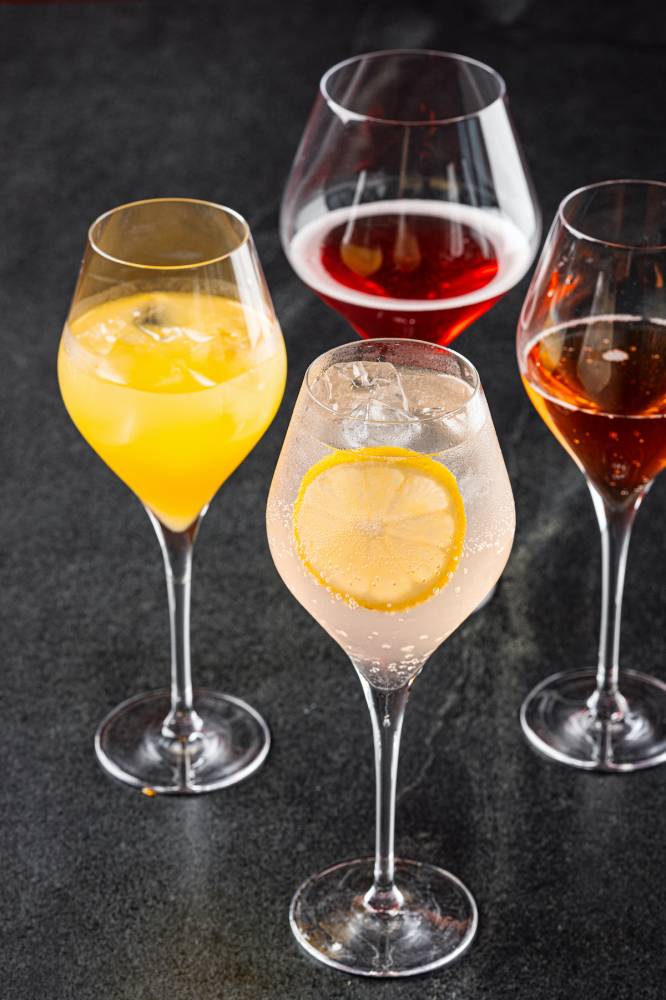
Different world
“It felt like a different world,” said Dolatre of their visit to Western Mindanao. “The markets were deeply localized. In Lamitan, Basilan, most goods came directly from the area or nearby Malaysia—no big brands or outside products, aside from maybe candy from Zamboanga. Tawi-Tawi’s markets were especially eye-opening during Ramadan. There were stalls selling unexpected dishes like mi goreng with hotdogs and murtabak with Milo. Very Malaysian-inspired.”
Hapag lets you journey to Western Mindanao not just through the dishes, but the full experience—from the showcase of the raw ingredients to photographs from the chefs’ trip and the passionate storytelling of the staff.
The meal began with Tiyula Itum, their interpretation of a Tausug dish served on special occasions, a black beef soup made with charred coconut, ginger, lemongrass, and local citrus leaves that is flavorful and comforting.
Next came the Satti—beef rump, beef tongue, chicken skin, and chicken isol skewers inspired by breakfast fare in Zamboanga that can be found at satti houses. The grilled meats come with the rich, sweet, and nutty satti sauce, reminding us of satay from our neighboring countries.
The Agal-Agal Seaweed Salad, with its shoyu-based dressing, yellowfin tuna kinilaw, and bubuk (toasted spiced coconut), was a refreshing dive into the ocean and an adventure of textures.
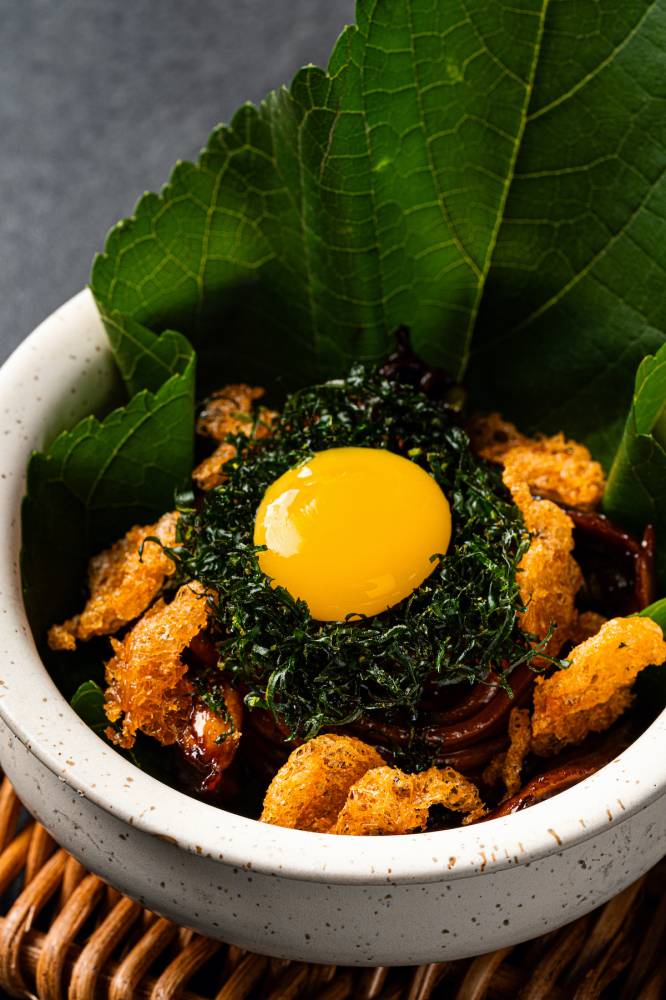
Mee Goreng—a gift from our neighbors in Malaysia and Indonesia—is a late-night favorite that can be found in Zamboanga’s night markets. Hapag pays tribute with a refined take using homemade noodles, oyster sauce, sambal, mushrooms, and quail egg yolk—a little bowl that offers a big dose of umami.
Next, our favorite—Siyagul with Roti Martabak—a beautiful tribute to the Ramadan street snack found in markets in Basilan and Tawi-Tawi. Hapag’s version features swordfish in a coconut-turmeric mornay sauce layered with a crisp, savory martabak flatbread, herb pesto, cheese, and caviar. It’s a masterpiece that’s as visually stunning as it is tasty, with flavors coming together for one perfect bite after another.
Our dream is for the Hapag team to add this to their menu at their wine bar Aya so we could order five of it in one go.
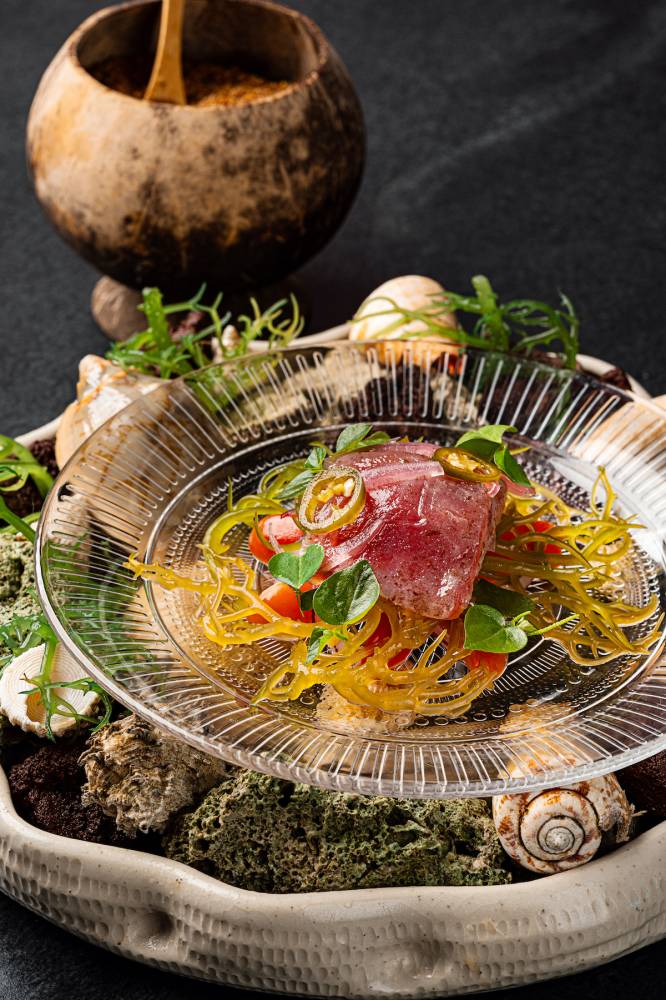
Palate cleanser
Leche flan as a palate cleanser? Yes, that’s how it’s enjoyed in Western Mindanao. At Hapag, our dense and creamy bite of leche flan came with dark muscovado syrup, and a tart calamansi and tanglad granita. Just lovely.
We were ready for the Salu-Salo Main Set. This nod to Filipinos’ love for shared meals includes dishes that the chefs enjoyed during their exploration of Western Mindanao: junay (“Basilan rice cake cooked in burnt coconut and topped with kalkag and shallots”), riyandang (“Maranao-style beef short rib stew slow-cooked in coconut and toasted spices”—similar to rendang), camaron Alavar (“a prawn dish in curry-style sauce inspired by Zamboanga’s Alavar Seafood Restaurant”), and pomelo-pako salad.
We were stuffed, but we had been told to save room for dessert. The pre-dessert, Hapag’s Knickerbocker, is their version of the Hacienda de Palmeras concoction of fruits, jelly, milk, and strawberry ice cream, Zamboanga’s own halo-halo. Hapag’s Knickerbocker is an elegant combination of compressed tropical fruit, pineapple jelly, langka jam, amazake-pili nut foam, strawberry ice cream, and edible flowers.
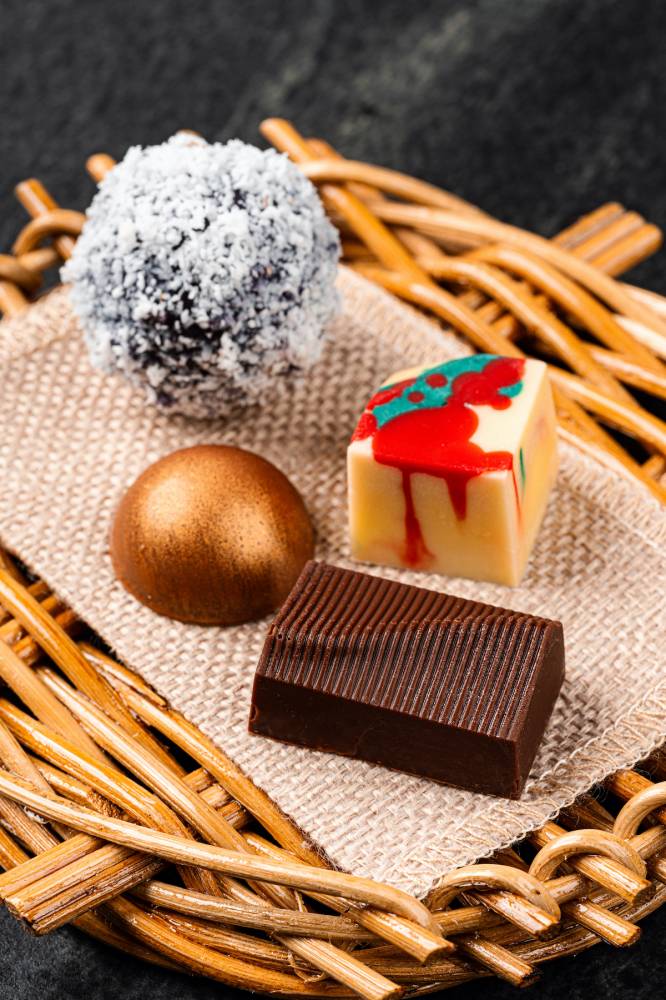
And finally, Bang-Bang Sug Petit Fours—a spread of Tausug rice cakes served as bite-sized chocolate confections. The Palikambing was smoked banana with caramel and cinnamon wrapped in milk chocolate, Wadjit was biko-style sticky rice enrobed in dark chocolate. Biting into the white chocolate covering the Biyaki released the corn mousse hiding inside.
And for the perfect last bite, we popped the Putli Mandi into our mouths. It exploded in a symphony of sweetness and textures—bukayo syrup, chewy kakanin, grated coconut, and white chocolate. A wonderful end to a memorable meal.
Wine pairing is available—showcasing Ganuelas-Recto’s impeccable taste, as always—but her non-alcoholic pairings must not be missed either. The lineup, which focuses on fermentation, is a delightful mix of non-alcoholic wines, ginger bug, and probiotic sodas, that complement the dishes and allow them to shine. Ganuelas-Recto said, “Western Mindanao’s flavors are unapologetically bold, so our pairings had to meet that energy. We leaned into spice, smoke, and richness, both in the wines and the fermented beverages, to create harmony with the menu.”
The Western Mindanao menu is available for P7,500+ per person. Wine pairing is priced at P2,800 per person, while non-alcoholic beverage pairing costs P2,000+ per person. Hapag is at 7/F The Balmori Suites, Hidalgo Drive, Rockwell Center, Makati. For reservations, visit the www.hapagmnl.com/reserve.














